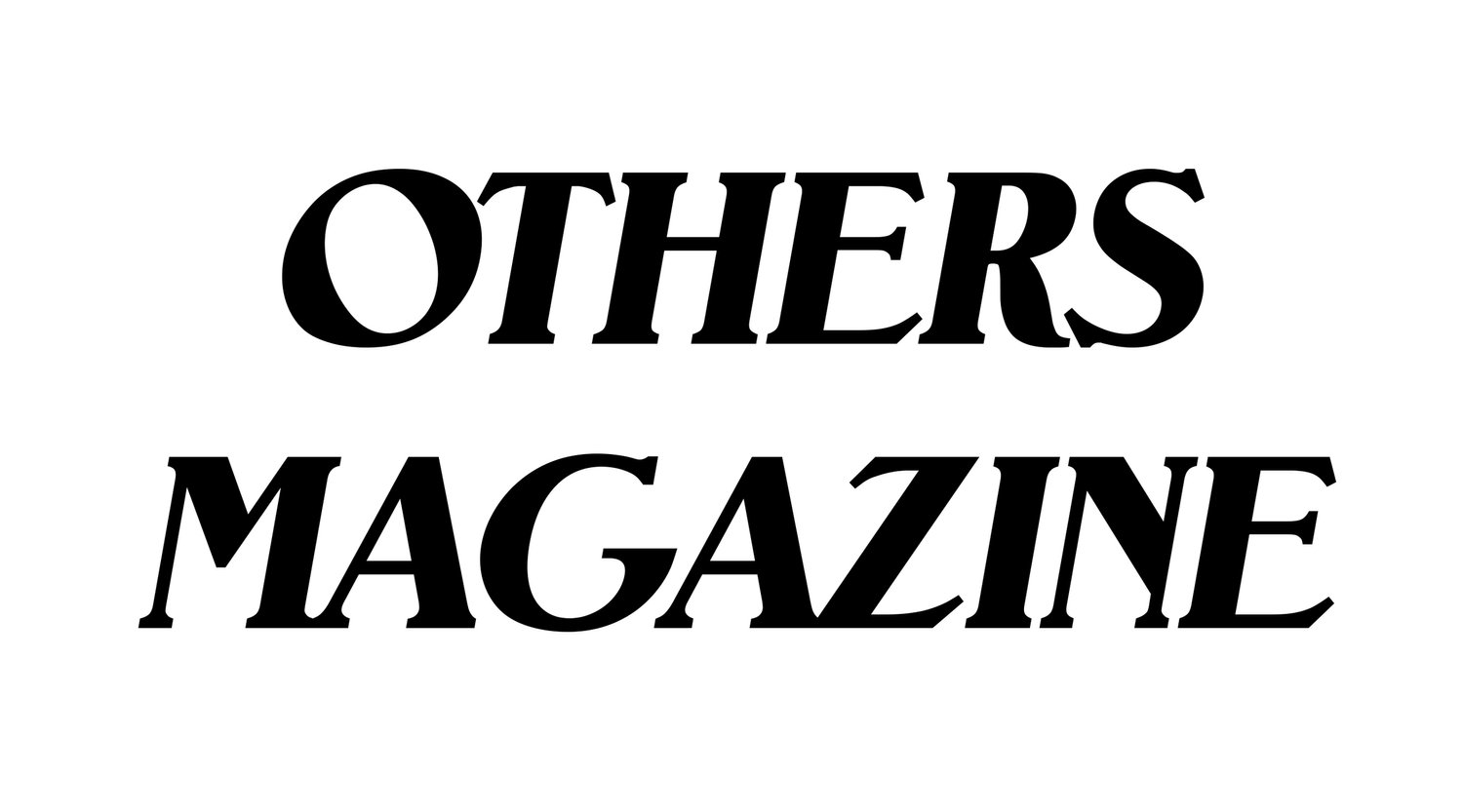Interview
Jonny Marlow
Initially published in Others Magazine print issue 5 released in July 2022
What made you first pick up a camera? Do you remember the camera?
I grew up in a photographic household where my grandfather, mother and father were all at one-point professional photographers. Cameras were everywhere in my life. My dad was shooting on a 4X5 and Hasselblad 500Cm in those days and I would spend all my after-school time at his photography studio in Aspen Colorado. There was a printing darkroom, fridge filled to the brim with all kinds of film stocks, and of course my dad shooting day in and day out. I didn’t pick up a camera till I was in high school when I asked to borrow his old Canon AE. I shot a few rolls of black and white landscapes. They came out so terribly I decided I probably didn’t have the talent he had, and it wasn’t for me. It wasn’t until years later after college I tried again.
Has the process of taking photos changed the way you look at things?
Photography has changed everything I thought my life would be. I was very aimless before I began my career and photography gave me a purpose. I knew nothing of fashion, hair and makeup or art history. This career can be the biggest teacher you’ll ever have. You must know what hairstyle is from what era, to go with what clothing to make that reference to a specific movie in the 80’s. Living in Los Angeles is like living in a movie set and the constant inspiration is overwhelming. I take mental notes as I drive around the city, noting what little pocket of Korea town has cinematic light in front of that one old liquor store.
What helps you stay inspired to create?
Staying consistently inspired for long periods of time I have found to be difficult. It comes and goes in waves, sometimes I’m so inspired by what I do and other times it feels like I’m making photocopies at the office. To have a photo career you must take jobs you will find less than inspiring and there will be times you feel your passion is an obligation. I try to find inspiration in switching up styles and challenge what I think I know. Two years ago I decided to shoot only film for my celebrity work, and it was a tough transition. Scary, exhilarating and difficult, it really made me fall back in love with my work.
How do you prepare for a shoot? In terms of creative process, do you create as you go or set out with a plan?
My creative process is chaos. I have always wanted to be the kind of photographer that sets a plan and executes it. That’s truly not the person I am. When I get an assignment, I get to work on coming up with ideas but never being able to settle on one. I make loose plans that create a diagram for the shoot and then I just let spontaneity take over. That’s where all my favorite shots have come from. Plan as much as possible but don’t be afraid to throw it out the window and play in the space you have.
When and where are you the most creative?
In the moment when talent and I are riffing off each other is when I feel the most flow creatively.
Why are you drawn to portraiture? What makes a good portrait?
I’m such a social person. I love making people laugh. Portraits are so much about the relationship between photographer and subject. Your talent is a universe of X-factors, and it all depends on the energy you are curating as a photographer. My favorite photographers are not necessarily the best at lighting or composition, but those that light a fire in their subject with their own spark.
How would you describe your photographs to someone who has never seen them before?
I’m truly not sure! I like to bleed the line between celebrity portraiture and fashion.
What is the best piece of advice you’ve ever received? The worst?
It’s not what you shoot, but what you show that defines you as an artist. We all need to take jobs that may not align with our principals or style but the work you choose to feature is what will define you.
What are 2 major lessons you’ve learned since you began a career in photography?
I get asked this a lot and I always have a hard time answering without sounding like a walking cliché. If you want to work as a photographer, one thing that has helped me the most is meeting new people. Meet all the people you possibly can in your industry because those people will one day be the stylists, hair and makeup artists, editors and clients you will want to work with. Second lesson is, absorb good art and know your history. Research the best photographers that have ever worked and you will be so inspired by what this medium can become.
How did you take this image? see below
I had a vision from the beginning and executed it exactly how I saw it in my head. That has always been hard for me. The stylist pulled the most gorgeous red gloves, and it all came together better than I could have imagined. I think 25-year-old me would have been very proud. Technically I made the image by laying the model down on black seamless wearing a black turtleneck outfit. There is no other light source but a window to the upper left of the subject. I got my exposure and composition on a digital image and exposed 2 rolls of portra 800. When I got the contact sheets back, I was blown away by the quality the Mamiya RZ brough to this image.









